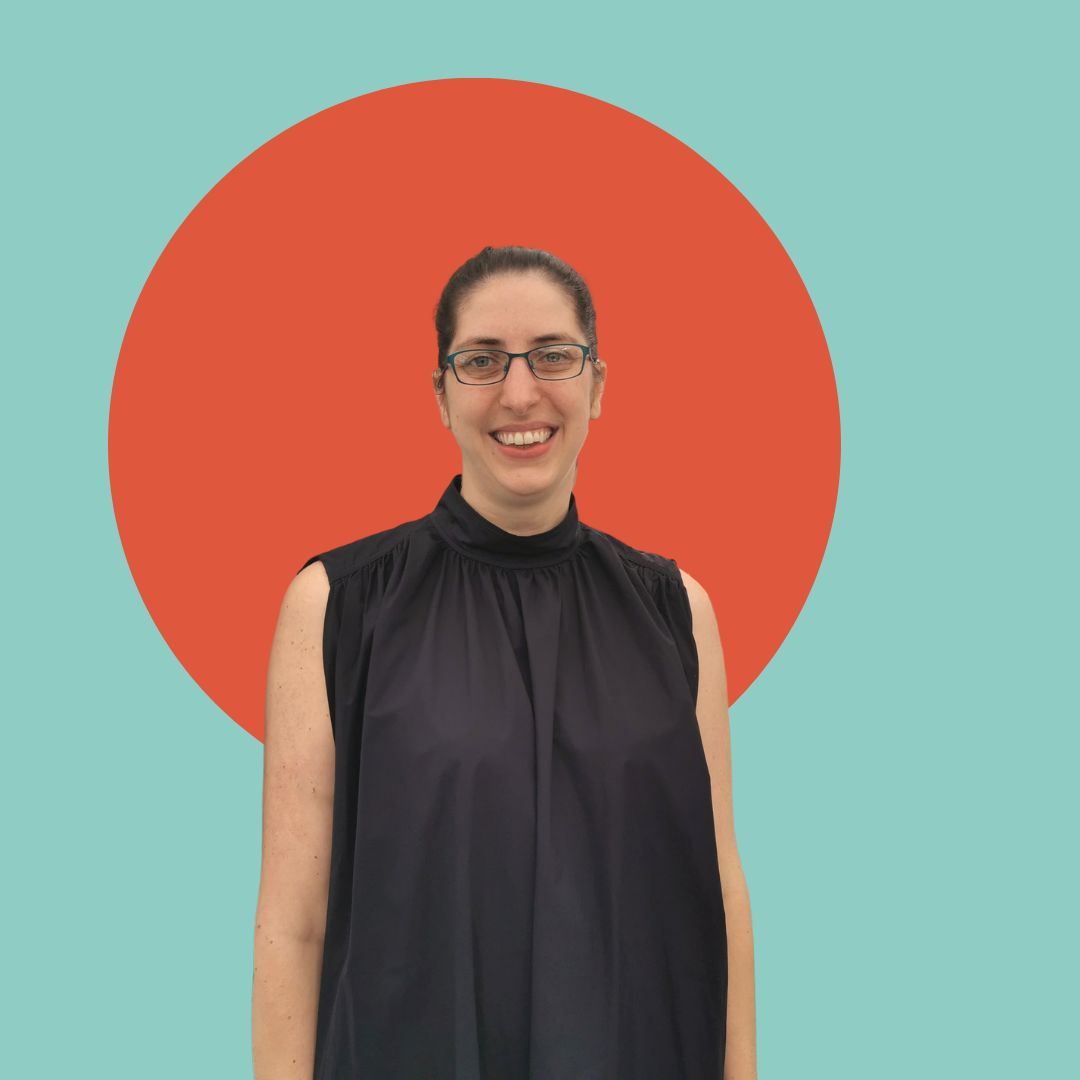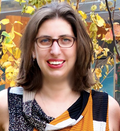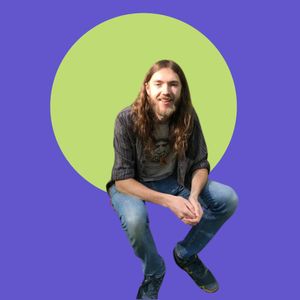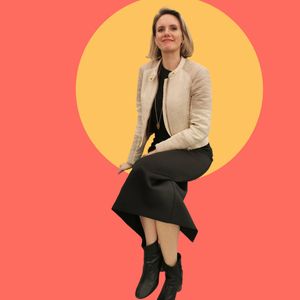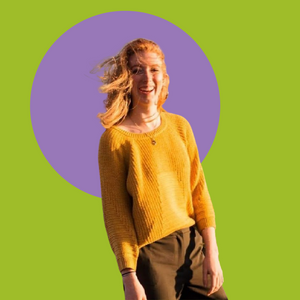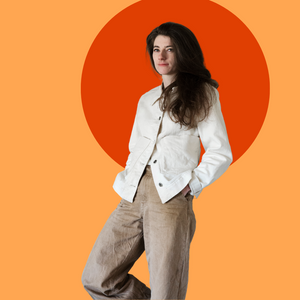Roving reporter Emilie spoke to sustainable designer and architect Lisa Hinderdael, from her London-based studio about Cocoon, an eco-friendly and fully degradable decorative lighting sculpture inspired by shapes found in nature.
I’m really interested in textures found in nature, which is how I initially got into design. There's always something in nature drawing me to itself. My first inspiration came from visiting Frank Lloyd Wright's Fallingwater house, partly built over a waterfall in Pennsylvania, USA. I loved the combination between water and the architecture itself. It inspired me to focus more on urban forms, rather than just architectural buildings.
Later I started a lighting line for a large company, and found myself drawing pieces in the shape of water drops. I asked myself, how do water drops fall off leaves? And how can I create these organic shapes within everything that I design? That's what sparked me to eventually launch my own studio with my design partner Sofia Hagen. We decided to venture off into creating products and installations.
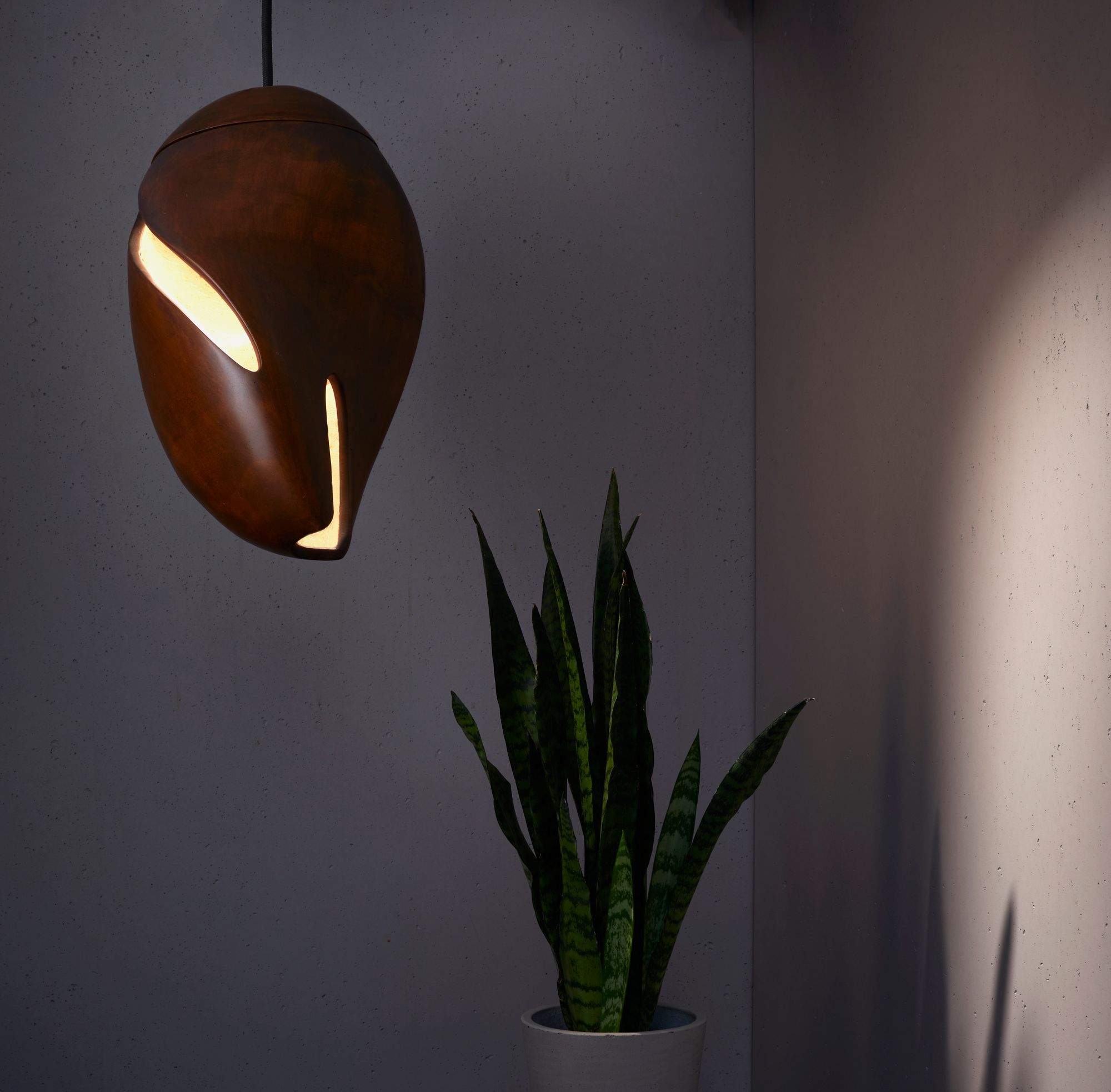
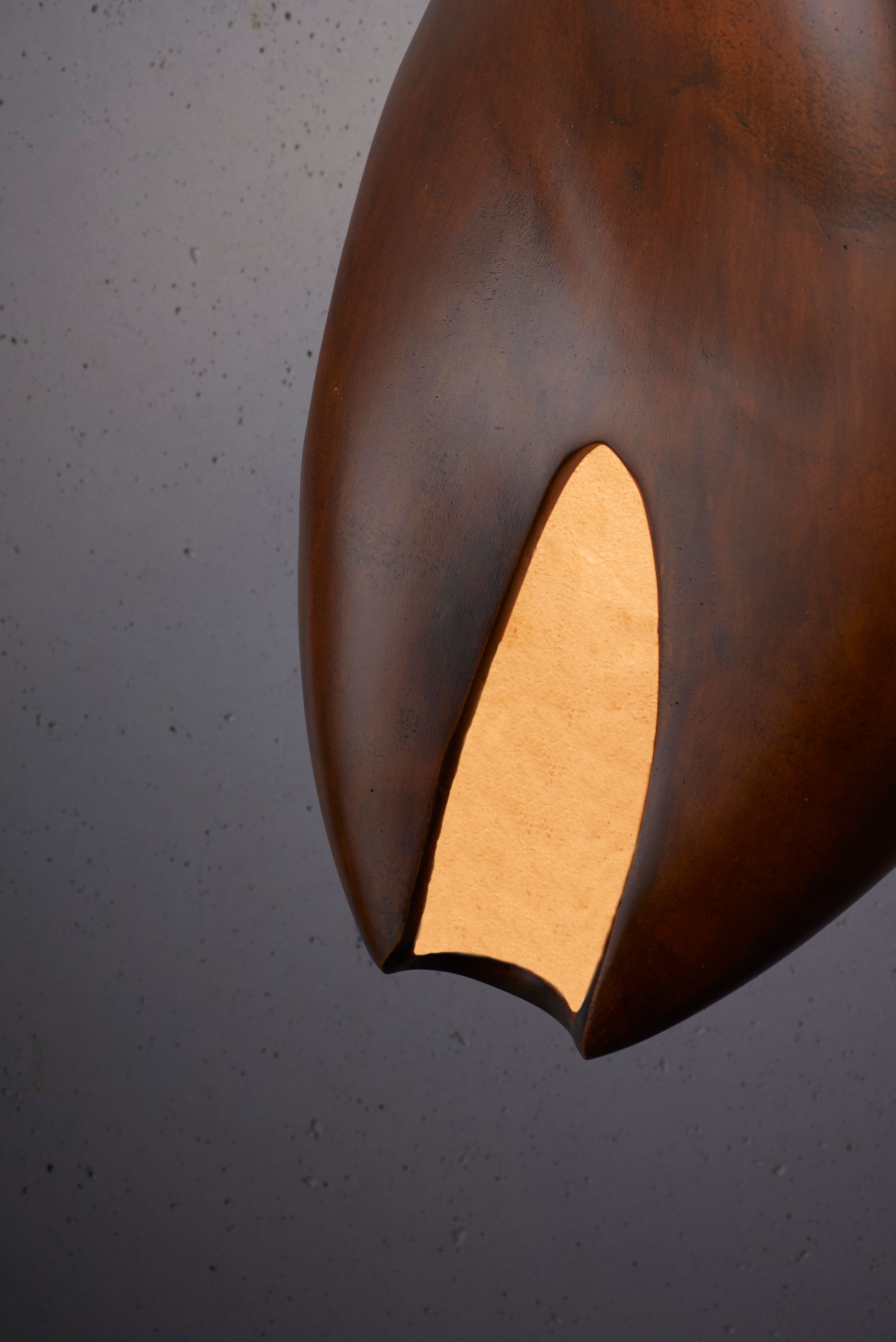
Intrigued by how all the pieces fit together
Sofia and I are very aligned in our outlook and passionate about sustainability. I’m a detail-oriented person. I like to work out the technicality of something. Really understand how it’s made and how all the pieces fit together. It's just a part of my personality.
Sofia and I are continually researching who's working with new sustainable materials. We ask ourselves: how can we take our organic forms and use these technologies and methods to create something new? A lot of the creative process comes from working with different people and playing with the materials. When you bring all these industries together in collaboration you get the most innovative results.
The marvel of sawdust
As a decorative lighting sculpture Cocoon can be used as a pendant or a table lamp. Some people say it looks a bit like a Barbara Hepworth piece, which is unexpected and very flattering.
Initially, we took inspiration from cocoons in nature, sketching different shapes of what we imagined the lighting would look like. Then it became much more of an inquiry into what kind of material would allow us to create this beautiful form?
Sofia and I wanted to find an innovative way to reduce timber waste through rethinking deforestation and the whole production process. We soon discovered that Cocoon was not something that could be made by traditional wood crafting. So we used sawdust as a raw material and 3D printing to generate this particular natural shape.
I was totally fascinated by the making process. Normally 3D printing creates textured lines. The unusual thing about using sawdust is that it binds itself as it is printed. I became mesmerized by what the printer was doing and stared at it for hours.
What eventually came out was a simple block of sawdust. We couldn’t even see our designed shape. Then all the sawdust that was no longer needed was blown off. Almost like an archaeological excavation until the final form gets revealed. Until you have the reveal it's all just a concept in your mind. It’s such a magical moment when you see your final product appear.
Lisa speaks inspired by planet earth
What do you see?
People are drawn to Cocoon’s organic shape. Although it is named Cocoon, the shape could be so many other things. Some people say, “It looks like a nut, or a coconut, even a knot. To me, it could also be an acorn that fell off a tree as it has these beautiful openings within it. Everyone sees this piece differently. Because of its organic shape, it can reflect so many different elements of the natural world.
In nature you have certain forms that are always unique in some way. For example no two snowflakes are the same.
Similarly, when you make something you cannot create the exact same form unless you use a mould. At the same time, nature is also based on repeating patterns of the same shapes, like demonstrated in the Fibonacci sequence.
Cocoon marries these two concepts. We use a technology that always prints the exact same shape but we hand-finish every item so the texture is unique across each piece - also making it artisanal.
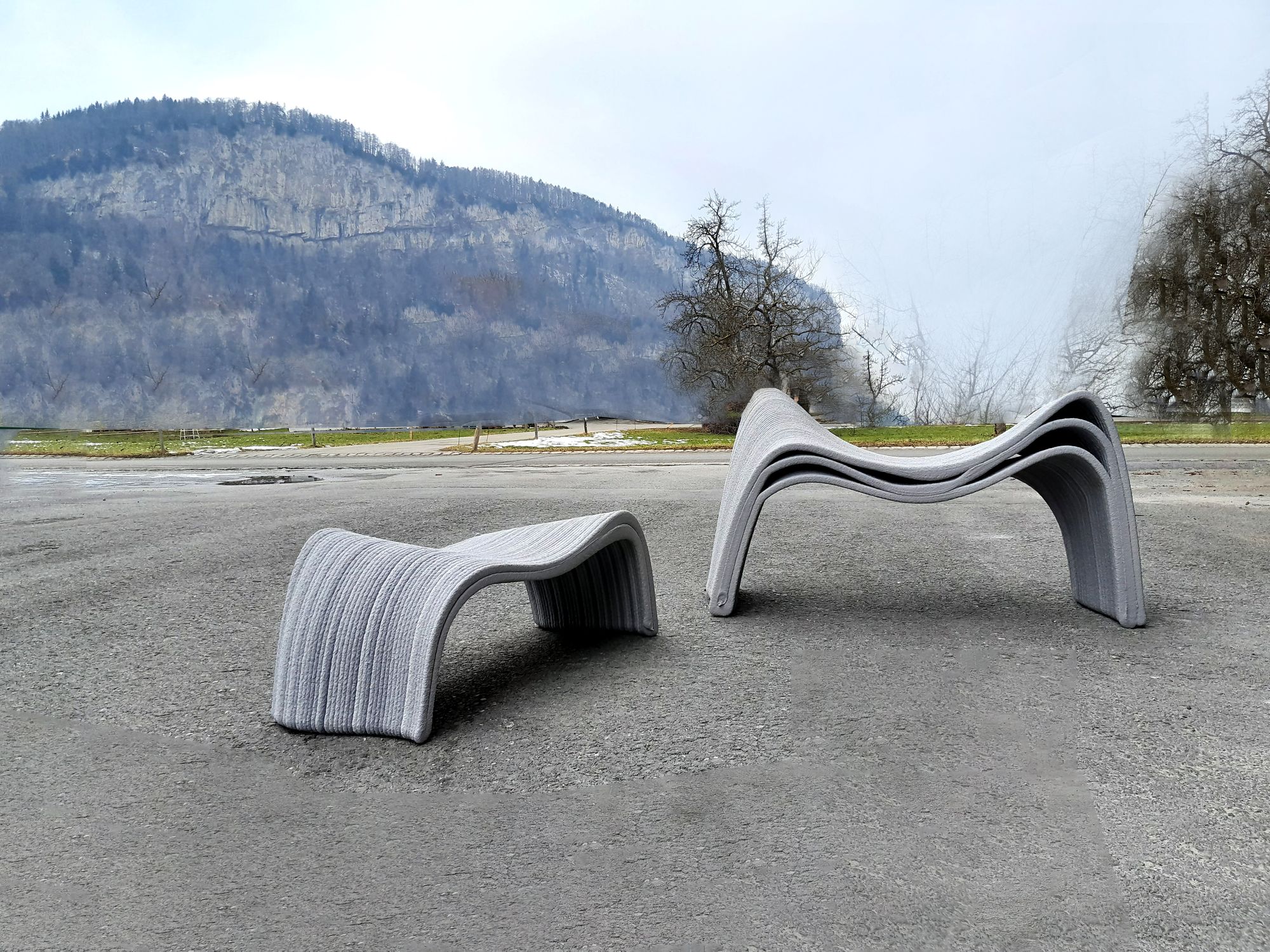
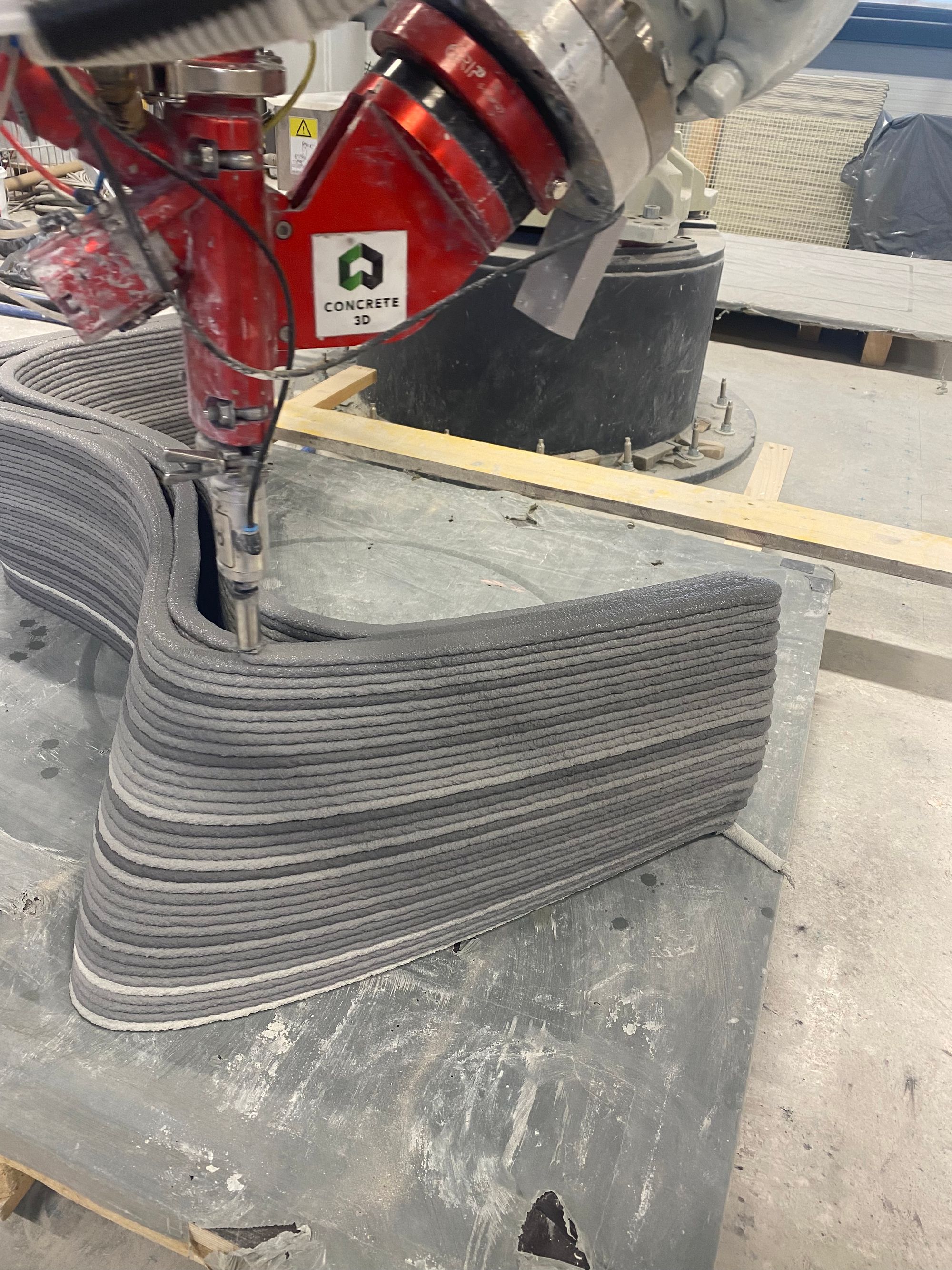
Cocoon was created by
Lisa Hinderdael and Sofia Hagen, co-founders of a design studio that creates sculptural objects and furniture at the intersection of innovative technology and sustainable design. They are passionate about new materials and their next project involves turning waste eggshells into some kind of light source. Lisa would love to see the Northern Lights one day.
→ Randomly tagged
Lisa was invited by Emilie Mai after she spotted Cocoon at a London event that focused on how design and sustainability can create healthier and greener urban spaces.
⤷ What’s next
Emilie would love to interview more artists who use unusual recycled materials in the making of sustainable objects.
Cover photo edited. Original by Emilie Mai.

